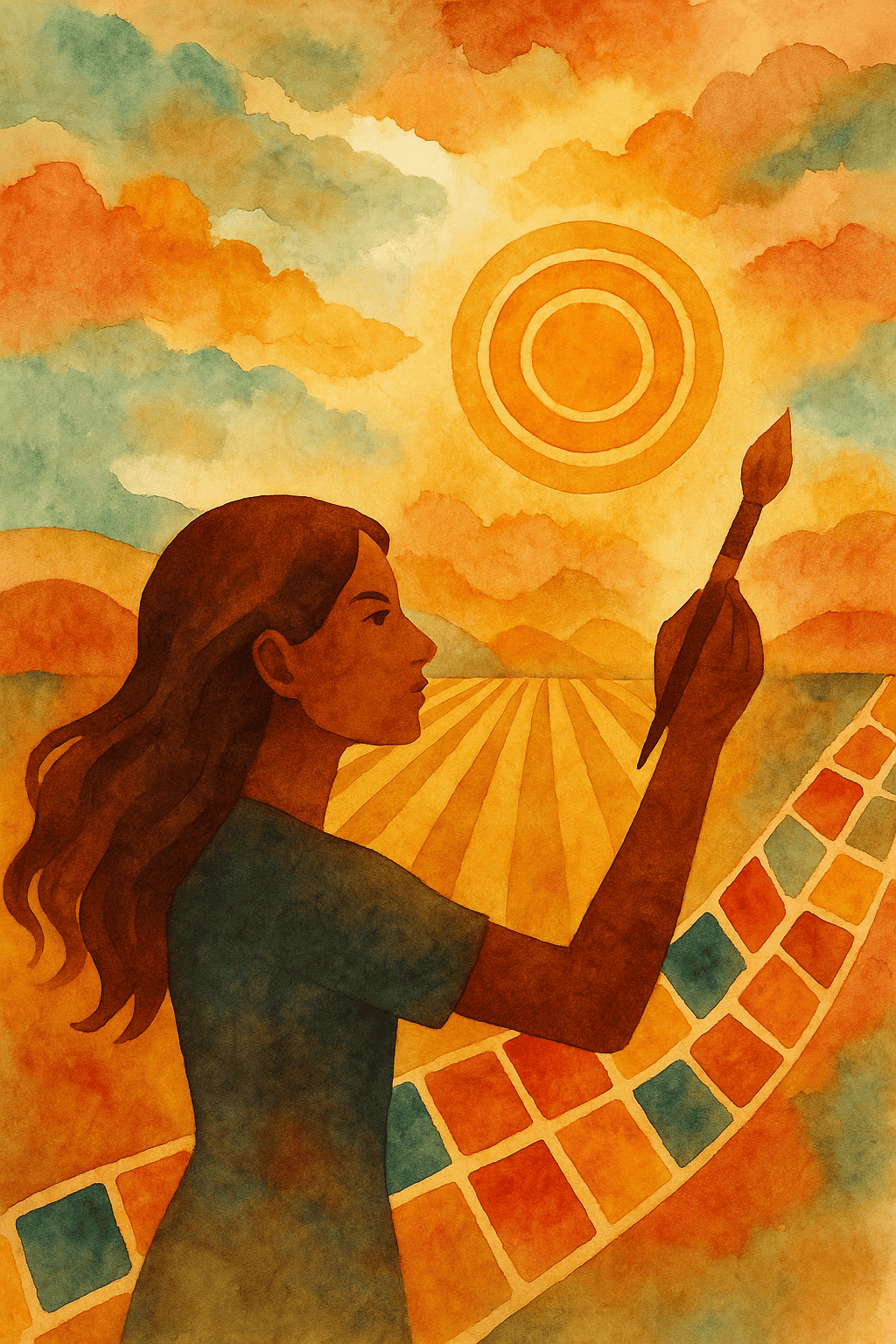How BVG girls zoomed into Midwest planting season and grew their curiosity along the way
Andrew McCrea popped into our virtual classroom from a quiet room in Minnesota, but every story he told came straight from his family farm in northern Missouri. The corn there was already in the ground — thanks to his 81-year-old dad, who still loves driving the planter — so the crew had just switched over to soybeans, hoping to finish before the next rain. That mix of far-away screen and fresh field set the mood for an hour that felt more like porch talk than class.
Andrew’s stories swept from crop science to conservation without feeling like a lecture. He explained how no-till planting and grassy terraces keep precious topsoil from washing away and why cattle herds in some U.S. counties outnumber people. He even paused to show a weather map, tracing with his cursor the northward march of cotton fields as climate patterns shift. Questions flew in the chat — Are genetically modified crops safe? How does crop insurance work after hail? — and Andrew answered each one as if talking to a neighbor over a fence. When a student asked whether American farmers still ride horses, he grinned and shared a photo of himself on horseback guiding steers to a feed trough.
The conversation soon shifted to youth leadership. Andrew shared photos of the six-member national FFA officer team and the organization’s unmistakable blue corduroy jackets. He explained that he once held one of those leadership roles himself and that the century-old group now helps more than a million U.S. students sharpen both agricultural know-how and public-speaking skills. The takeaway for our girls was clear: you don’t need a field of corn to lead — just the curiosity to learn and the courage to raise your voice.
Before signing off, Andrew admired photos the girls shared of flower pots they had just painted for next week’s heirloom-seed workshop. Octopuses, mosaic waves, and calligraphy wrapped around terracotta, each pot a bright promise of the tomato, basil, or bean it will soon shelter. It was also in these moments that vocabulary like terrace, feeder calf, and germination blended seamlessly with confidence-building English practice — proof that language flourishes when rooted in authentic stories.
As screens dimmed, excitement lingered. The girls now know what it sounds like when hail pelts a metal barn roof and why soil health matters for the food on their table. They also know their questions matter to adults an ocean away. On Saturday they will tuck heirloom seeds into fresh soil, journal their observations in English, and watch the first shoots push upward — tiny green echoes of Andrew’s cornfield back home.
Sessions such as this one breathe life into BVG’s mission: empowering young women through language, art, and cross-cultural exchange. If you feel inspired to mentor, donate art supplies, or simply cheer our learners on, we would love to hear from you. Together we can ensure every girl finds the confidence to plant her own ideas and watch them grow.


